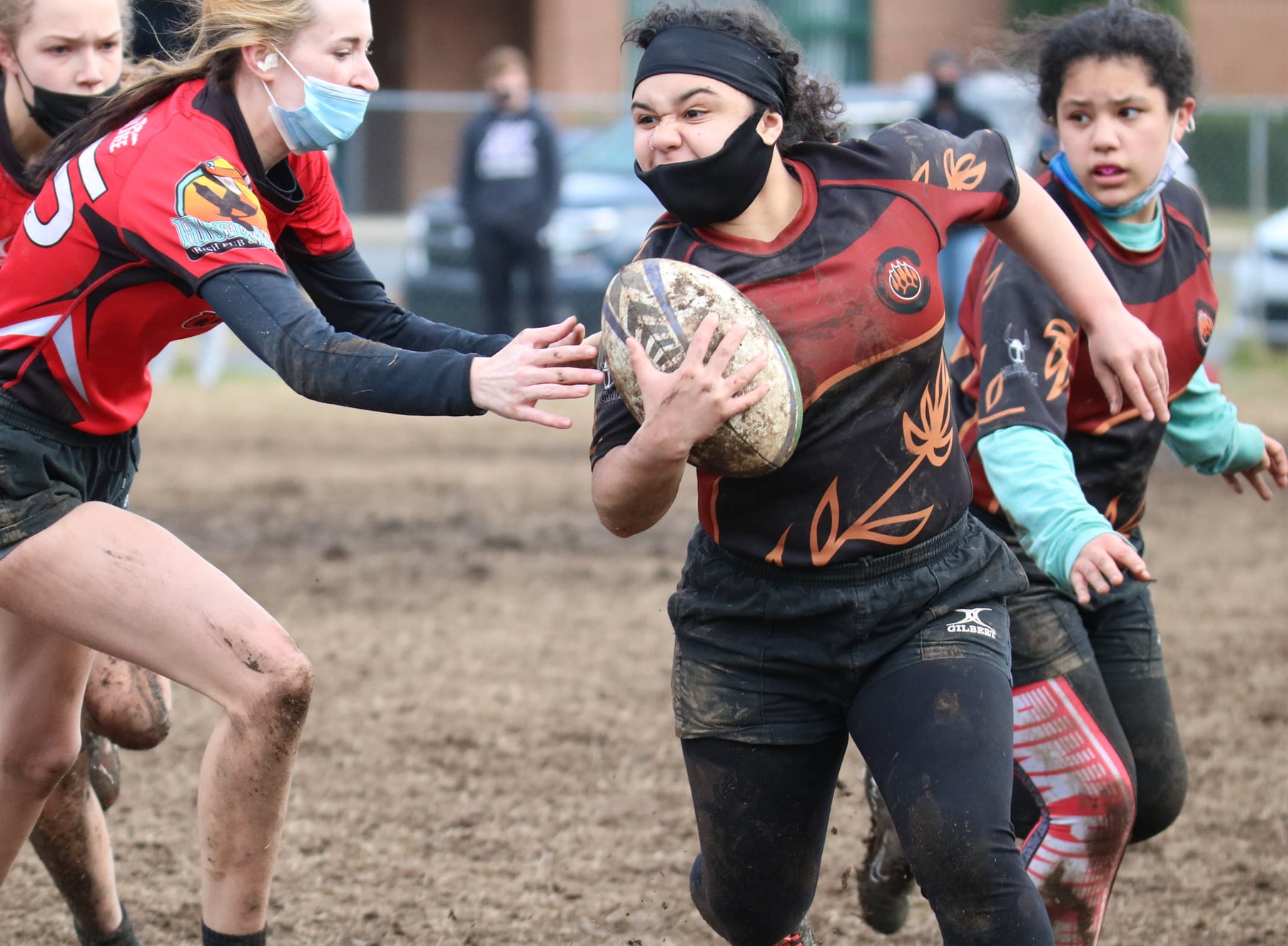North Carolina held a winter 7s season for U10 through high school girls and boys, and six divisional champions took home trophies on Feb. 6. Charlotte Junior Rugby Association’s Erik Saxon and Clayton Youth Rugby’s Patrick Cunningham created the Covid-era competition, which occurred outside of the jurisdiction of USA Rugby and the North Carolina Youth Rugby Union (NCYRU).
Saxon explained that, much like USA Rugby, the NCYRU is undergoing a reorganization, and that activity has made it difficult for the governing body to react nimbly to Return to Play proposals.
“My focus is always on players playing,” Saxon said. “So Pat and I got together, and we said, ‘There’s not going to be any rugby unless we do something.’ We tried to do it through [NCYRU], but it was always, ‘OK, we’ll look at this and come back to you in two weeks.’ Meanwhile, time was ticking away and no rugby was being played.”
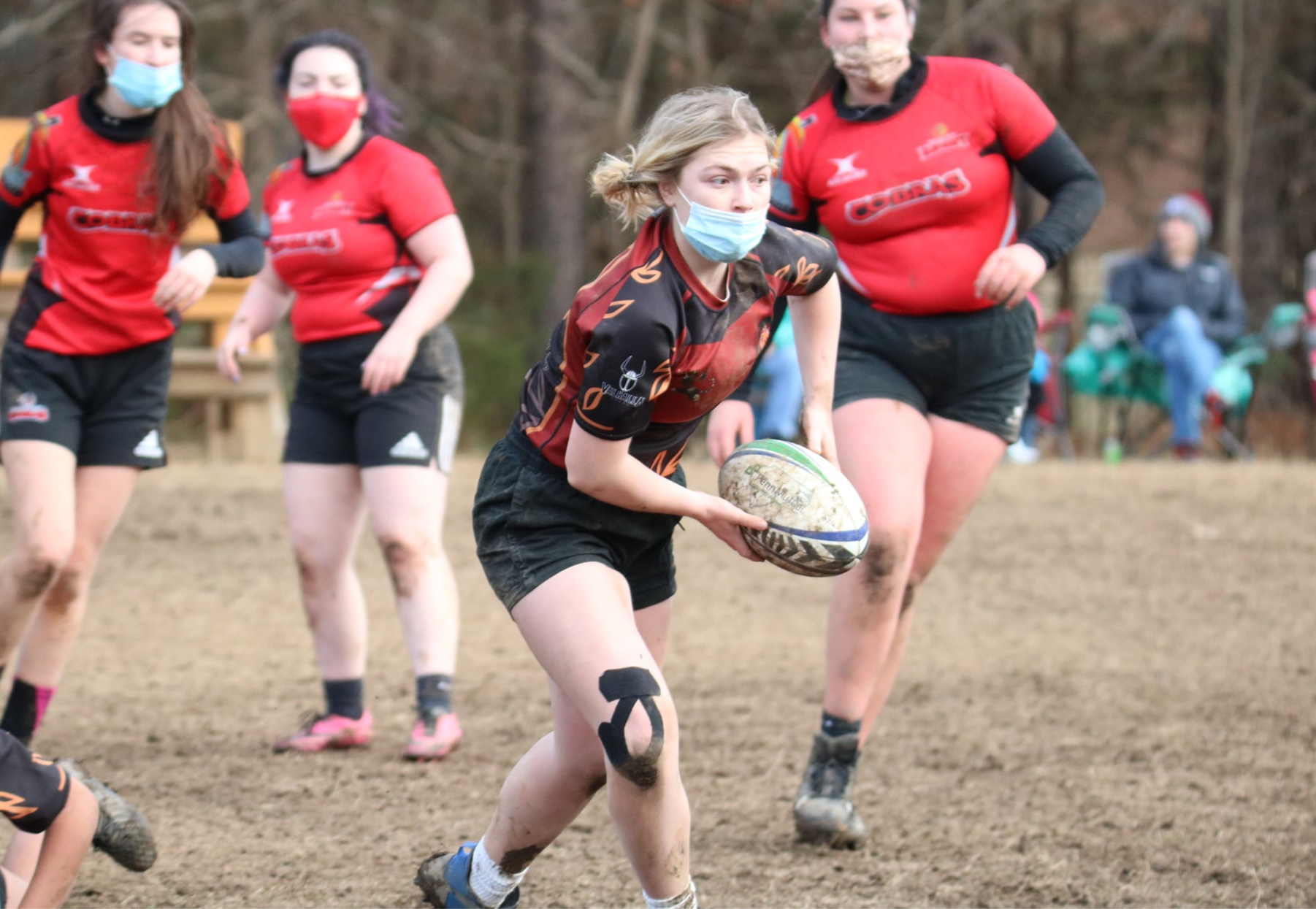
So Saxon and Cunningham launched into action. They developed a plan for an in-state competition, parameters for participation, and mitigating the spread of the virus. Then they had subject-matter experts review their work.
“Our clubs all decided to get our own insurance and we followed – there are lots of guidelines out there – the actual state rules [for team sports],” Saxon said. “We made new rules and just went and did it. Every club in the state participated.”
The season ran from November-February and featured six game days. Each team was limited to two games per outing for a total of 12 matches before the finals. Spectators were limited and social distancing was employed on the sidelines. The games were a continuation of practice, where masks and temperature checks were in use. Socially distanced drills comprised the majority of CJRA’s training sessions, and contact (including any activity where the proximity between players narrowed, e.g., holding/hitting tackle bags) was limited to 15 minutes or fewer.
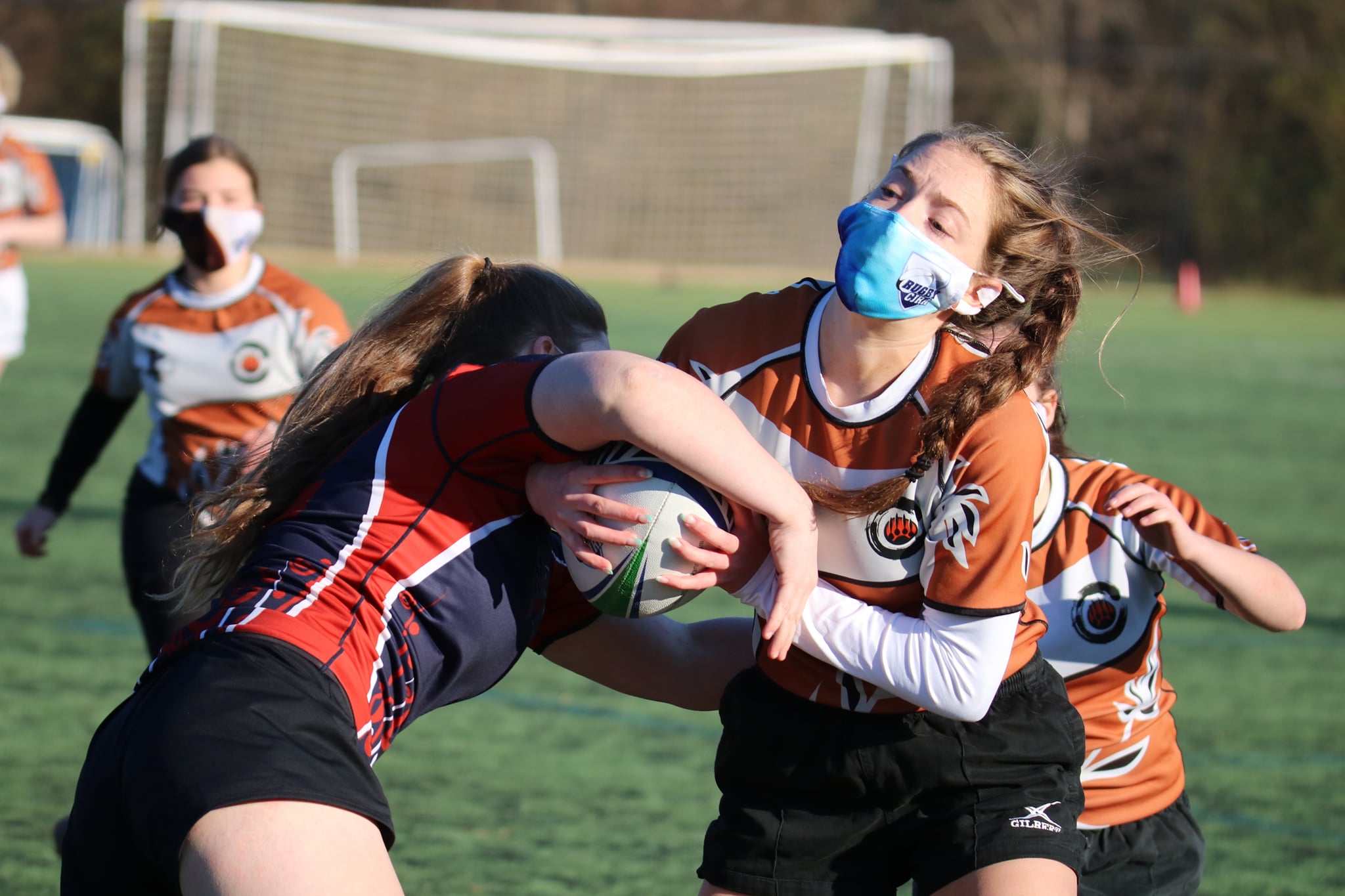
The structure was there but it was the buy-in from participants that made the competition a success.
“We were smart about the whole thing, we think,” Saxon said of the league in pandemic conditions. “We knew people would get exposed to Covid, whether it was from their families or from work, so we had guidelines in place [to deal with that].”
Saxon described a tracking process that began with the report of a possible exposure, to quarantining, symptoms monitoring and negative Covid test results.
“It all seems daunting before you get into, but a flow to things developed,” Saxon said. “So when a kid messages you that they were probably exposed and won’t be at practice this week, you’re not surprised, and can message back: This is what you need to do. … All that info-sharing and having everyone on the same page helped us dodge any bullets. No one was unaware, and the kids understood that there was always more rugby next week and it wasn’t worth coming to practice and potentially infecting people.”
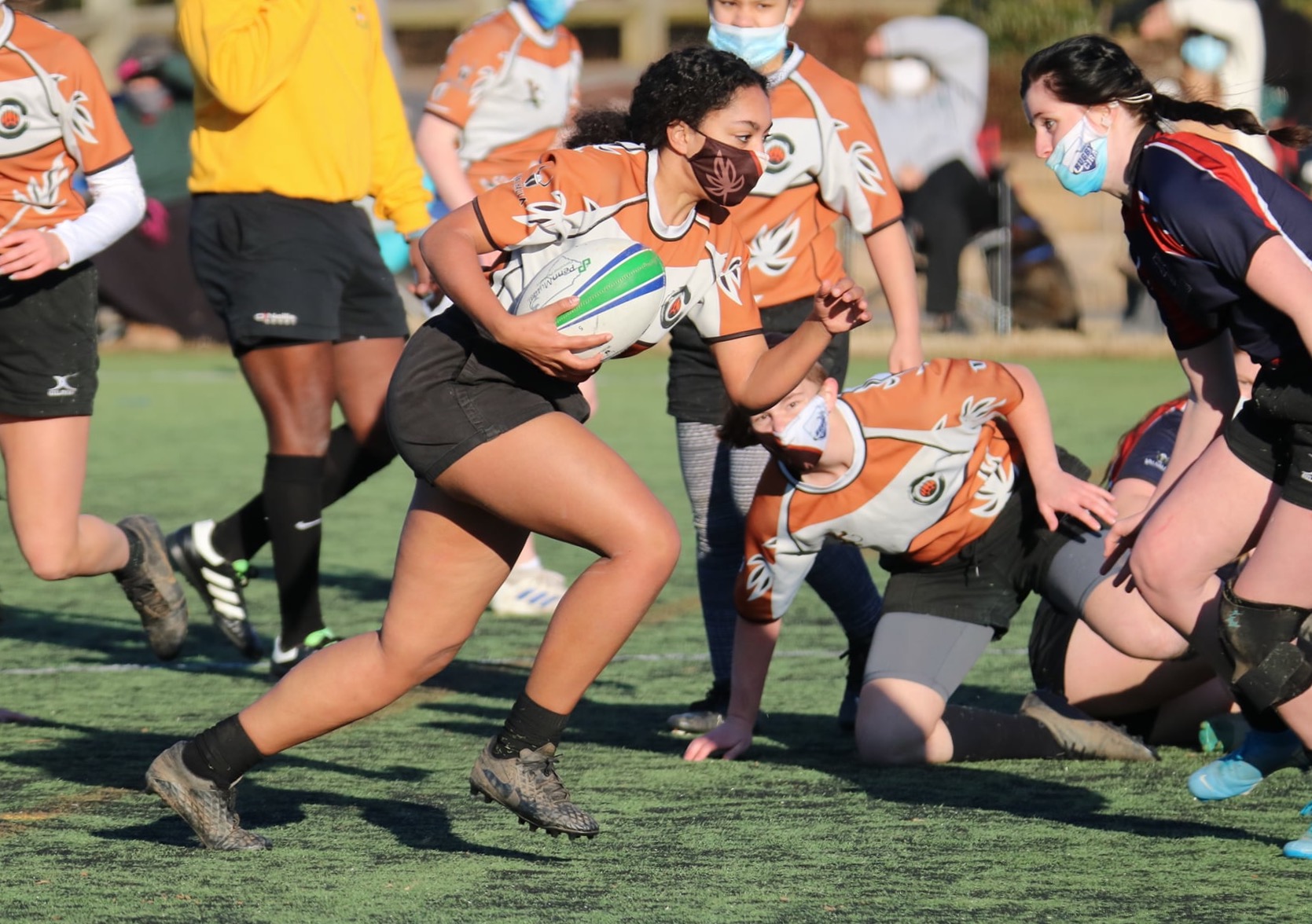
Charlotte had approximately 40 players for the winter 7s season and fielded three teams for the girls’ high school bracket: Charlotte Valkyries, Charlotte Tigress Red and Charlotte Tigress White. They were joined by the North Raleigh Redhawks, Raleigh Cobras and Clayton Turtles. There were U10 and U12 co-ed tackle leagues occurring separately in eastern and western North Carolina, and then centralized competitions for middle school, girls’ high school and two of tiers of boys’ high school.
“We’re pretty lucky. We have a great mix of players,” Saxon said of the CJRA girls’ teams. “We have middle school girls who are ready to come up next year. They’re playing hard and will come to some high school practices. We like that reach-down integration. We have some who have already graduated and are lucky enough to be home or going somewhere close, like Queens [University of Charlotte]. They’ll come out. They’re one big family. The boys have some of that but the girls really are a family.”
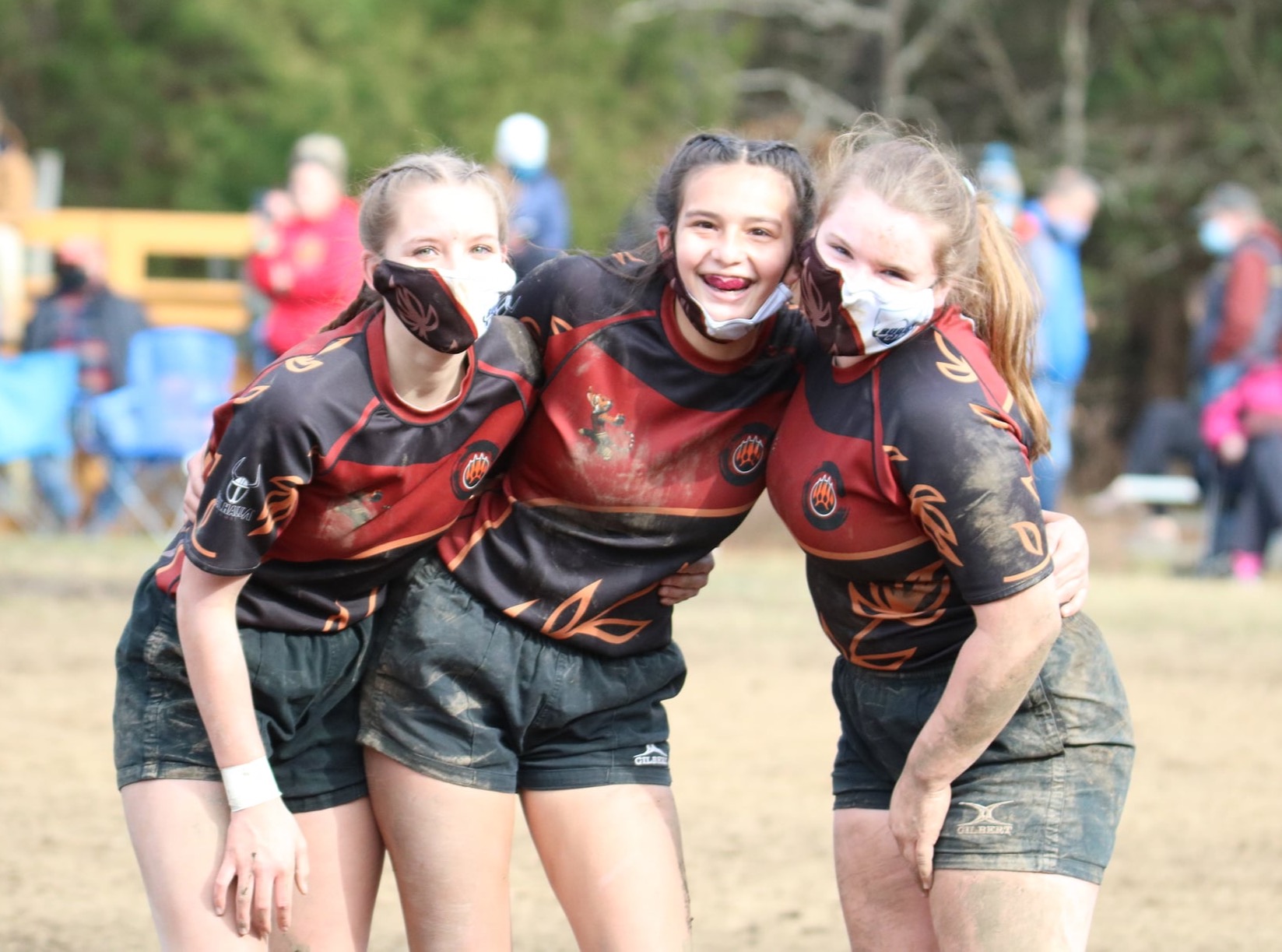
Senior flyhalf Emma Clair Cantrell is the captain and currently sorting offers to play college ball. She gets big support from juniors Lennox London and Dylanne Savage, “who are the best two flankers in the country, for my money,” Saxon lauded.
There are a ton of freshmen on the varsity roster, namely because they started playing in 4th and 5th grades. Ninth-grade scrumhalf Caroline Cook is just one example of the talent coming up through the ranks.
“When you see her, she looks like a scrumhalf, but she could definitely be a flanker, too. She likes defense,” Saxon said of Cook. “She runs the attack really well, is organized and methodical. She’s shifty, too. If she sees space, she’s off.”
Tigress beat Raleigh 31-12 in the semifinals, while the Valkyries overcame Clayton. The two CJRA sides faced each other in a close final that went 24-17 in Tigress’ favor. Raleigh beat Clayton for third.
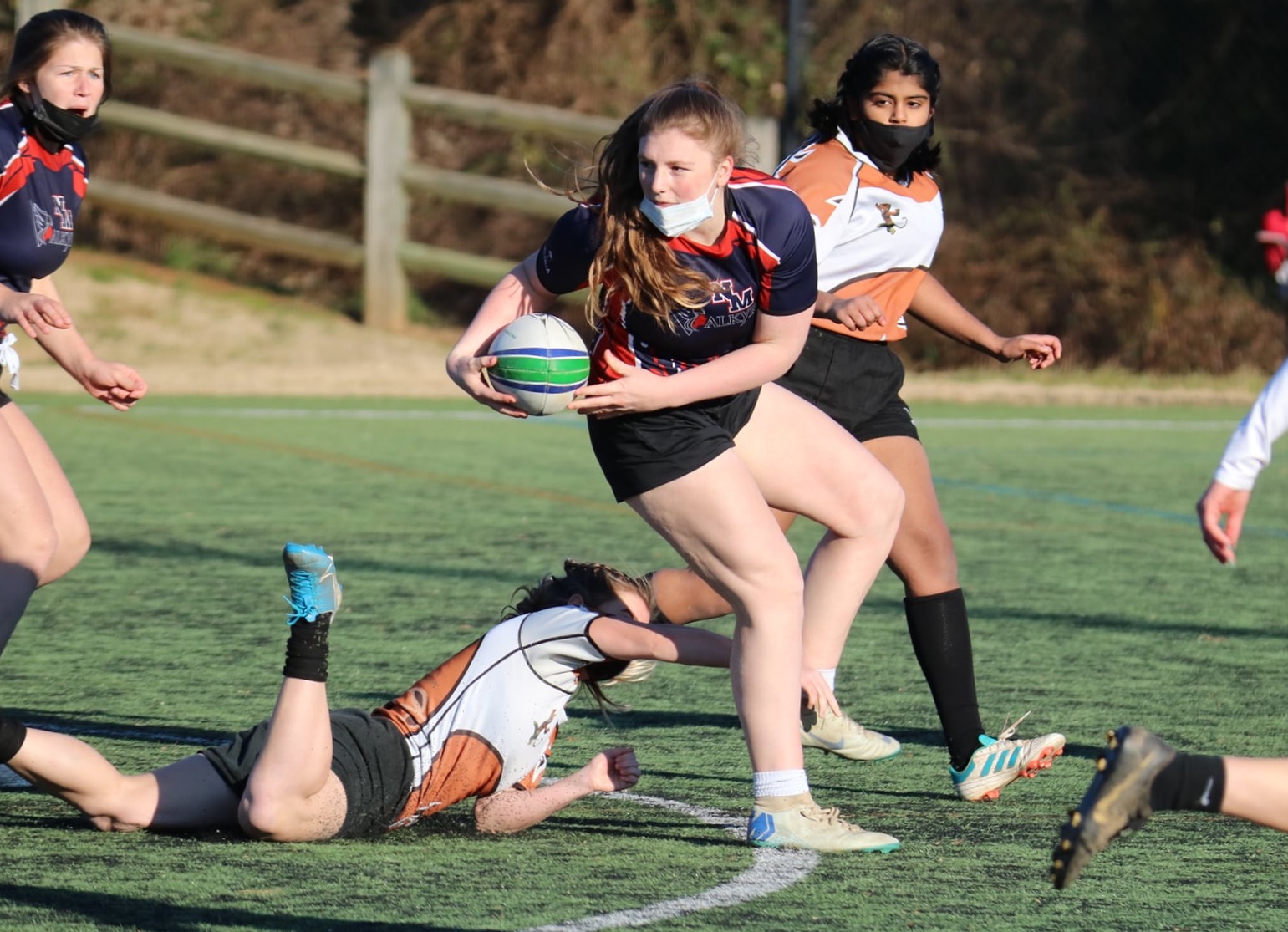
“It was pretty amazing. Two of our championship matches were tied at the end of regulation and had to go to sudden-death overtime,” Saxon said of finals-day rugby. “The girls were [19-17] until a few seconds left and it came down to a final try. The semifinals were tight, too, and everyone’s skills looked pretty good. The only blowout was the Tier 1 High School Boys.”
CJRA won all six divisions.
Next up is the spring, and although a matrix season will not occur, the girls will be playing.
“It’s a little bit of Choose Your Own Adventure,” Saxon said of planning a spring schedule. “We’re picking games á la carte, making sure teams have insurance and their protocols are good. We want to play out of state so that changes things once you mix short travel in. It’s a longer process, kind of like the old match secretary days for adult clubs.”
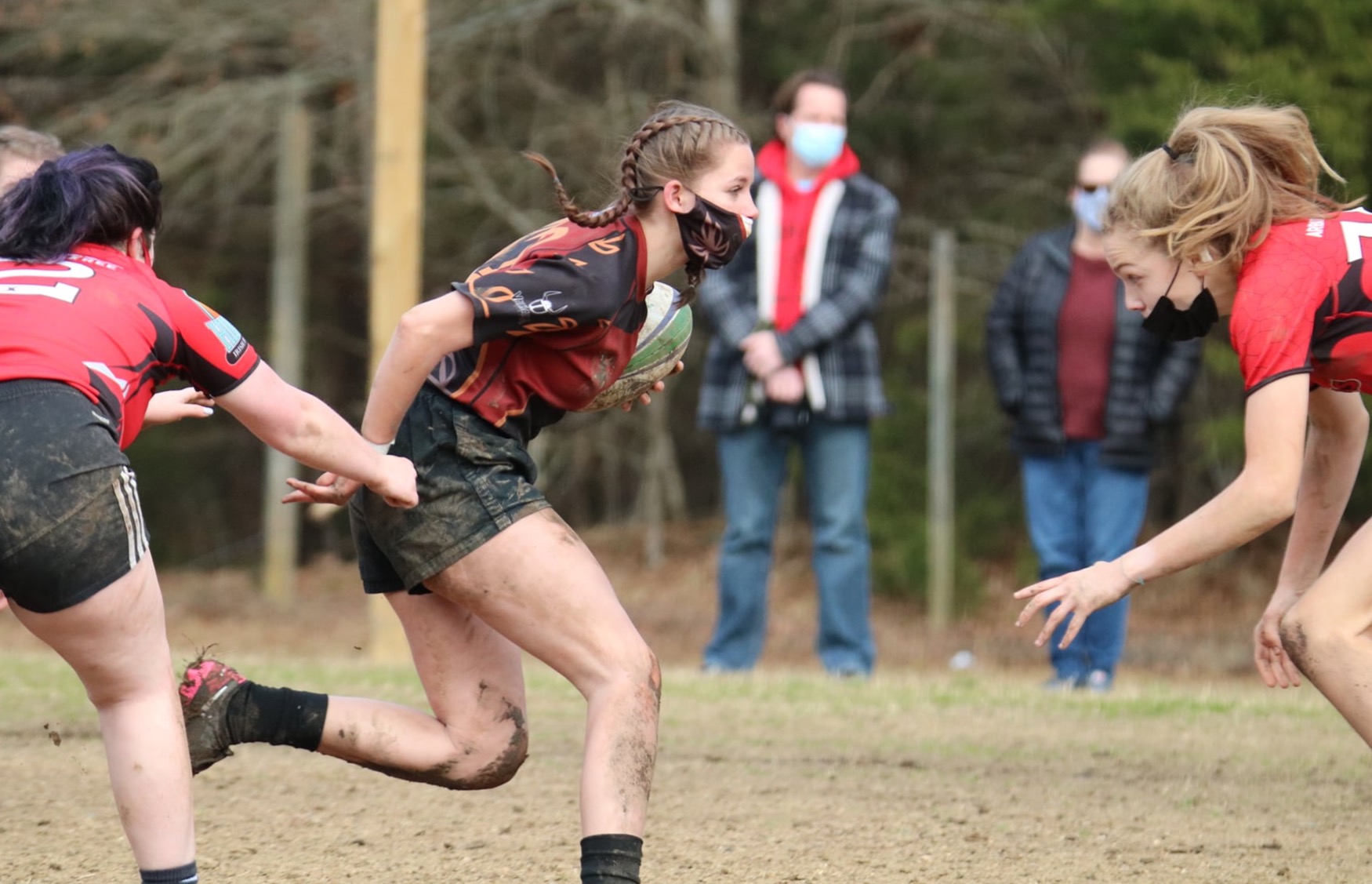
The three Tigress teams will boil down to one 15s team in the spring. The team has options in South Carolina, and the staff is waiting for northern teams to come out of hibernation with status updates. Warsaw (Ind.), Moon Area (Pa.) and teams that might otherwise attend the Covid-canceled N.C. Ruggerfest are on the short list, and Saxon is kicking around neutral-site options so teams can cut down on travel. He knows the will and want for competition are there, but so is an element of uncertainty in terms of season-long rosters.
“Numbers are good all of the time, but you need a deep roster in Covid times,” Saxon said. “Because the issue isn’t whether a player is going to sick. If someone in the family is exposed then the whole household gets the same quarantine. The question is whether you’ll be O.K. without them for a little bit. So a team that has 20 players this spring might think it’s in good shape, but then the wrong people go to the wrong event, and you’re down to 15.”
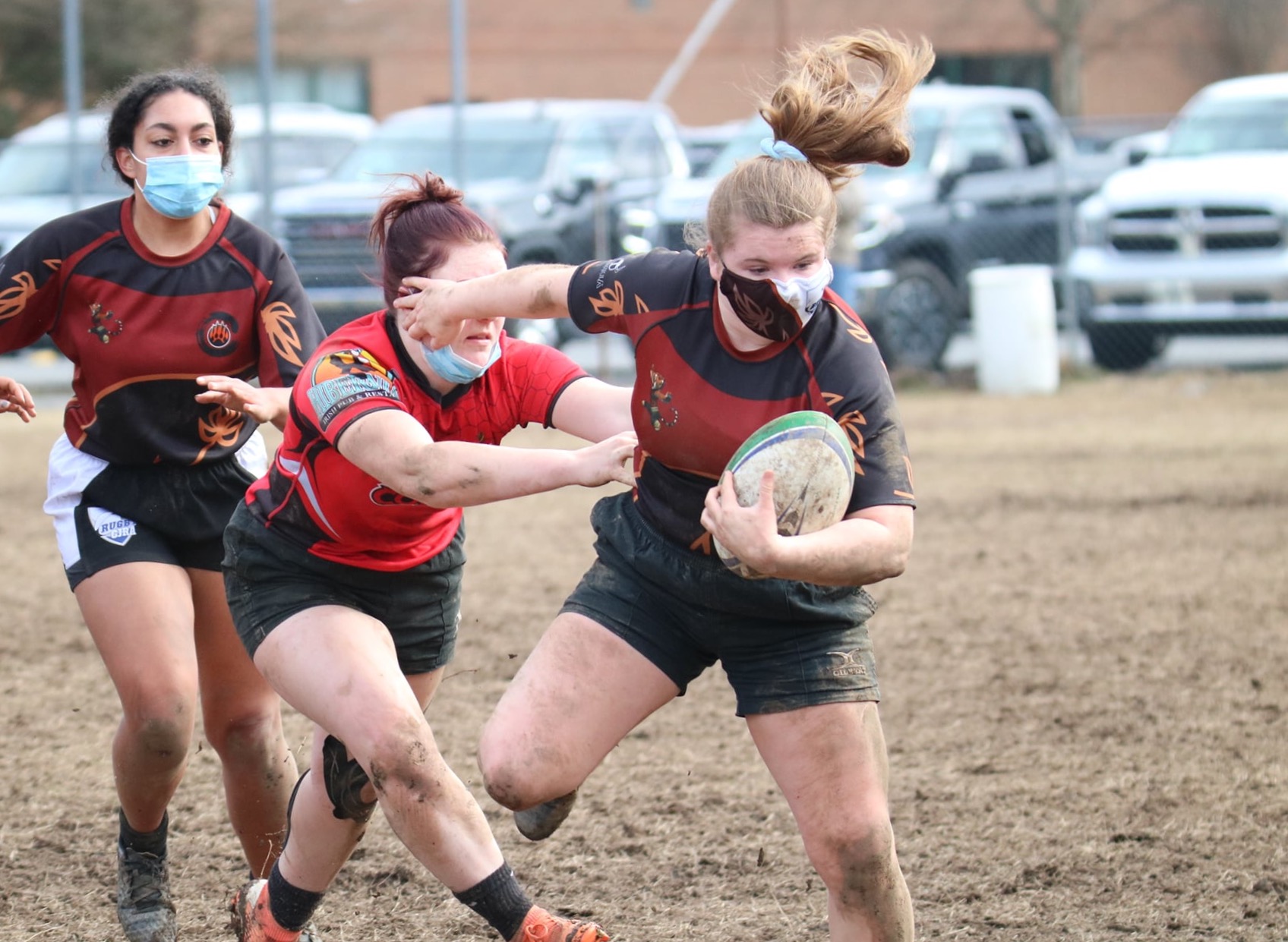
CJRA, however, has consistently solid numbers, and Saxon attributes that success to the club’s robust youth system, which starts co-ed tackle in 2nd grade.
“We don’t sweat the numbers,” Saxon said. “We have girls who have played a lot of rugby by the time they come of age for an all-girls middle school or high school team. We have that stable base, and they’re telling their friends about rugby, so for whatever reason, it’s worked for us. And since we have numbers, we have competition for every position. No one is guaranteed a spot, and so players are showing up at practice and pushing each other, and the rugby gets better.”
Charlotte Tigress has already held a transitional practice between the 7s and 15s seasons, and eight new players showed up. Buzz continues to circulate as news about the team’s recent trophy finds athletes who are looking to run around.
“Train ’em up,” Saxon enthused, as he noted the new faces behind masks.


